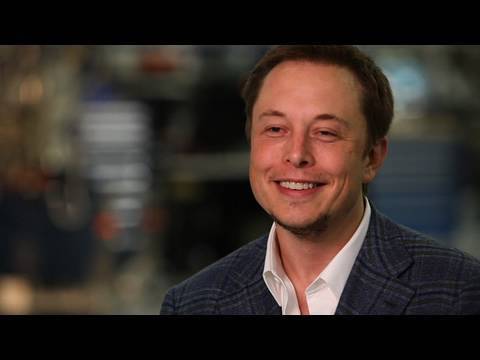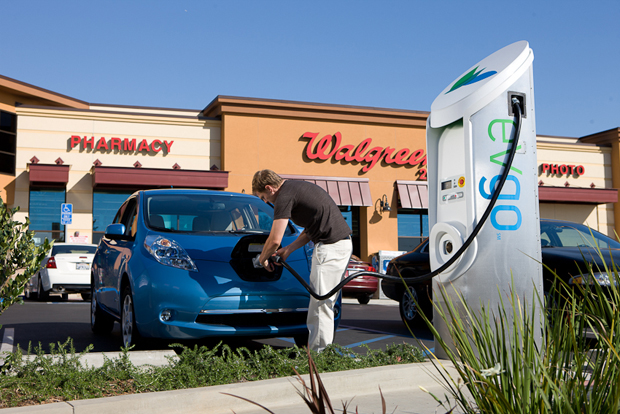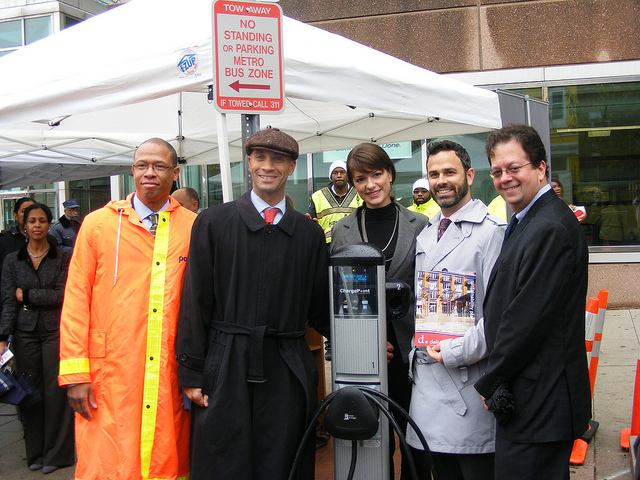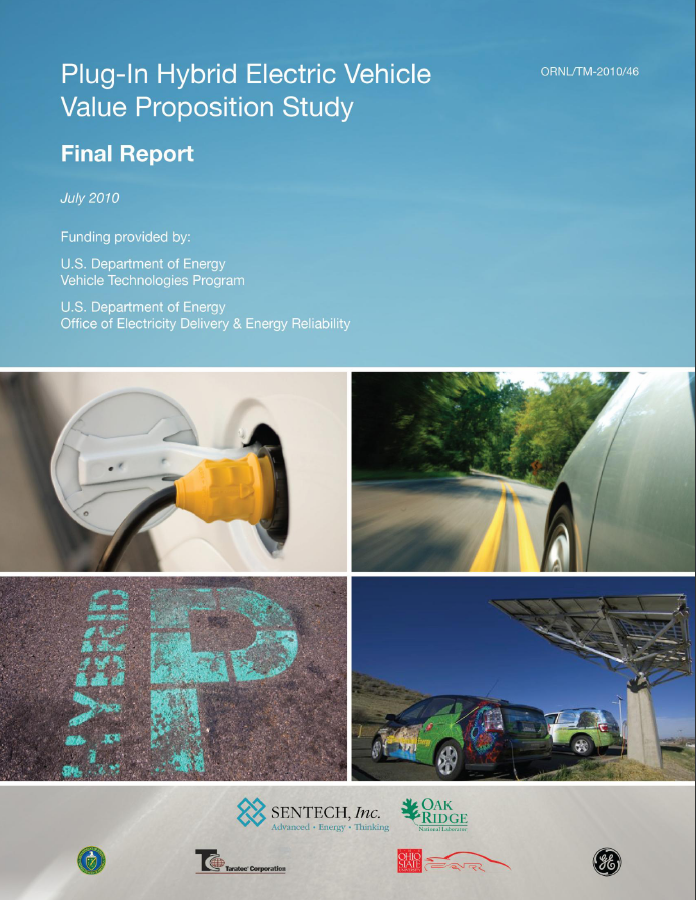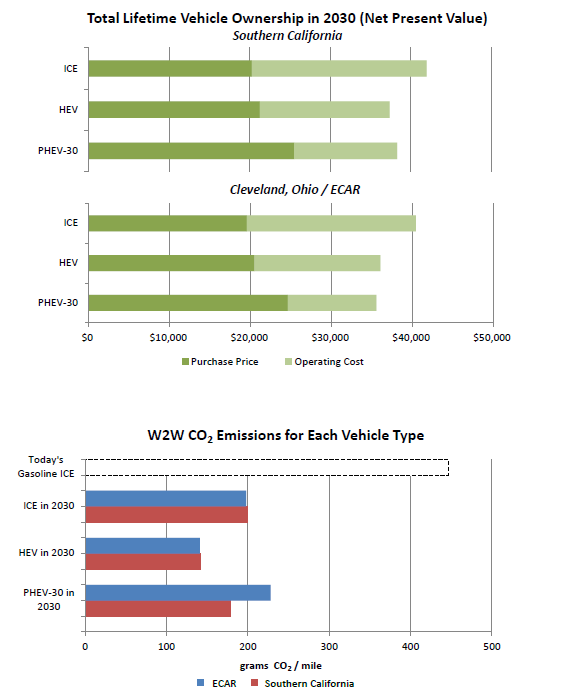(Source: Ars Technica; CNET)
At Technology Review’s EmTech conference last week, MIT professor Joel Schindall told the audience at a panel on energy storage why ultracapacitors may have a significant role to play in our transportation future. The good properties of these devices—fast charge/discharge cycles and an essentially unlimited number of cycles—make them a compelling choice for powering an electric vehicle. Schindall also explained why their downside, a far lower charge density than batteries, might not be as much of a problem as it might appear at first glance.

Schindall, who had spent some time away from academics, explained that during his first stint at MIT, a capacitor that could hold 350 Farads would have filled the whole stage. Before he returned, someone working on fuel cells had accidentally produced the first ultracapacitor. Now, with refinements, he was able to walk on stage with a 350 Farad ultracapacitor that was about the size of a D battery. The current generation of devices use activated carbon to hold charges, as its highly complex topology creates a lot of surface area across which charge differences can build up.
Although the improvements have been dramatic, Schindall said that ultracapacitors still badly lag batteries in terms of the storage density, holding only about five percent of the charge per volume of lithium batteris. Which is unfortunate, because they have some properties that would make them excellent for a variety of applications, including very rapid charging and the ability to withstand many more charge cycles than a battery. Schindall claimed they could be recharged indefinitely, since “greater than a million times, to me, is indefinite.”

Schindall’s research group has focused on replacing the disordered structure of activated carbon with a more ordered one that can increase the packing: carbon nanotubes. His research group has developed a vapor deposition process that can grow densely packed, vertically oriented clusters of carbon nanotubes on conducting surfaces. Current industrial processes for the production of carbon nanotubes tend to produce a variety of diameters and lengths, but Schindall told Ars that the process his group has developed keeps everything very regular—he was actually surprised by how even the lengths were.
In the U.S., early-stage companies designing the materials and electrolytes for ultracapacitors include Graphene Energy,EnerG2, and Ioxus. Much hyped EEStor, backed by venture capital firm Kleiner Perkins Caufield & Byers, has signed asupply deal with electric vehicle company Zenn, although its products are still not commercially available.
Compared to batteries, ultracapacitors can’t store a lot of energy, so they wouldn’t typically be used alone to run plug-in electric vehicles. On the other hand, ultracapacitors are “power dense,” which means that they can discharge the energy they do have quickly. Conversely, they can be recharged quickly–in seconds or minutes, and with almost no degradation in performance over time, say backers.
Schindall projects that ultracapacitors eventually will be able to store as much as 25 percent of the energy of batteries, a jump he said would be “disruptive.” Right now, nanostructures developed by MIT researchers can hold twice as much energy as activated carbon. In the coming months, his team expects to show it can hold five times the energy as activated carbon, he said.
Click here to read the entire article.









